I have a large dataset, which I want to plot. Unfortunately the PDF-file becomes very large, and the PDF readers need long time to show the plot (which can be annoying, when you want to scroll).
l = 1e6
x = 1:l
y = x * 2 + runif(l)
pdf("points.pdf")
plot(x, y)
dev.off()
pdf("lines.pdf")
plot(x, y, type="l")
dev.off()
If I use lines instead of points, there is less problems. This made me think, that there might be a compression or lowered resolution used when creating PDF files. Also when I add the plot to a LaTeX file, LaTeX seems to lower the resolution.
I there a parameter I can use to lower the resolution?.
